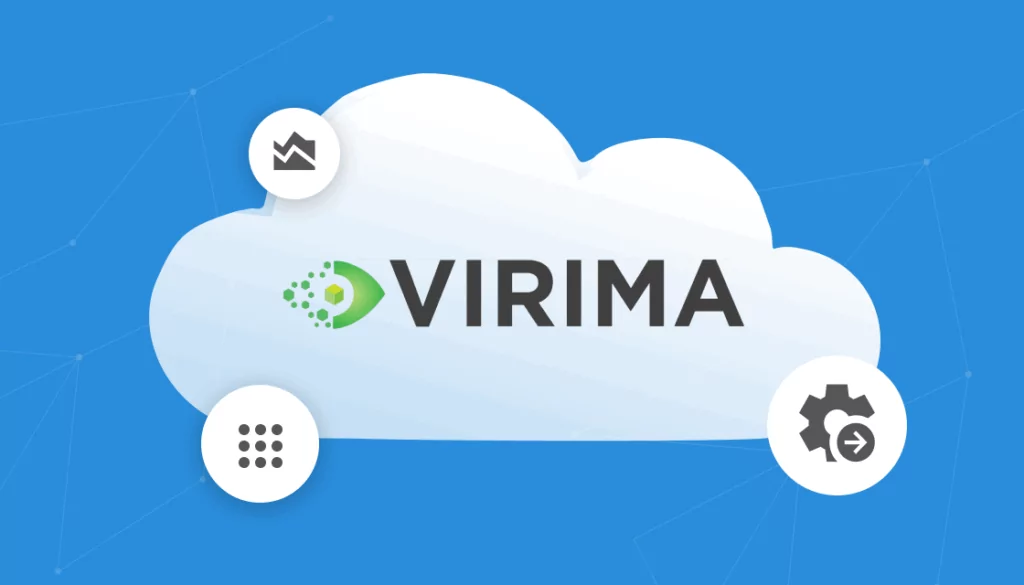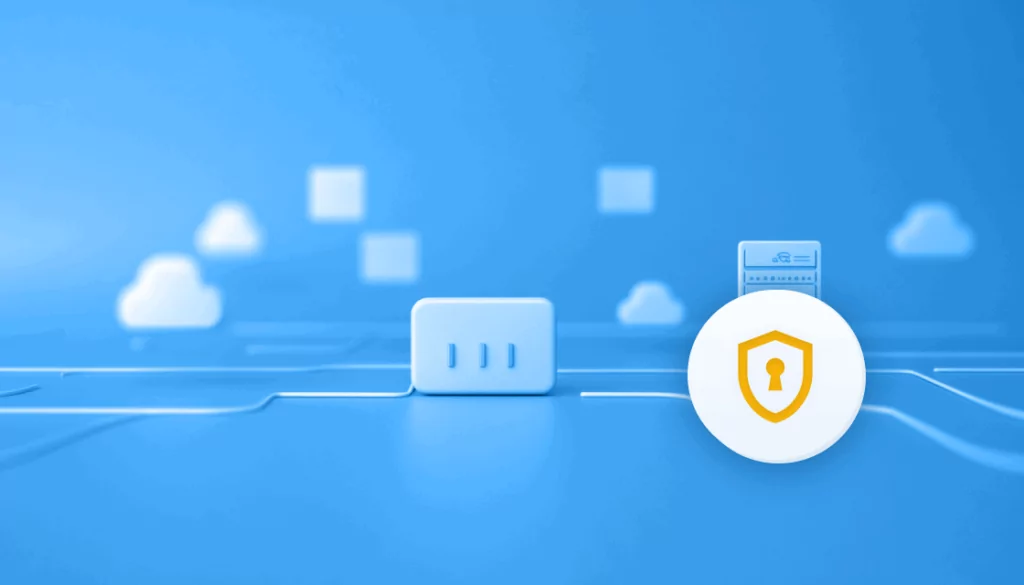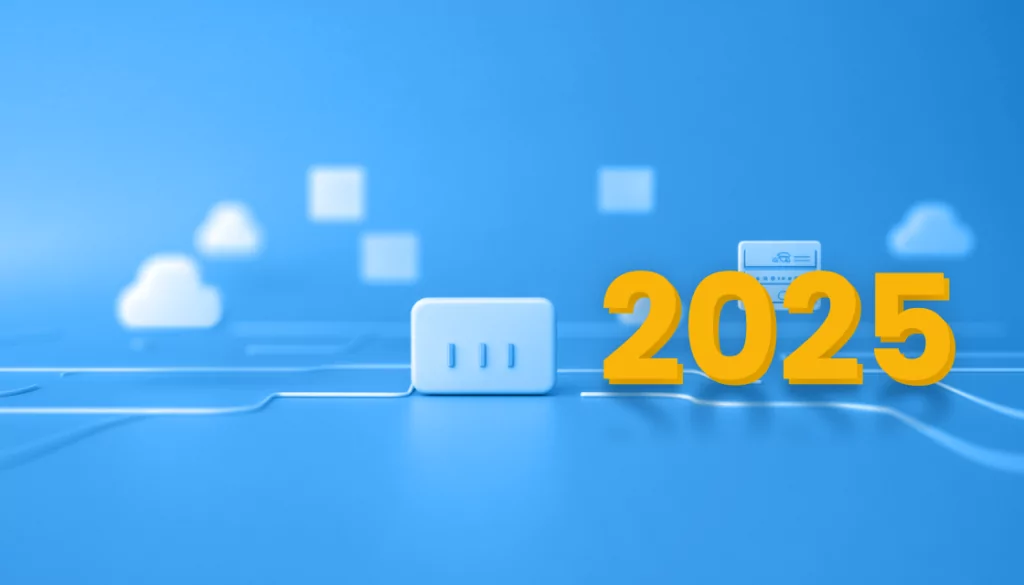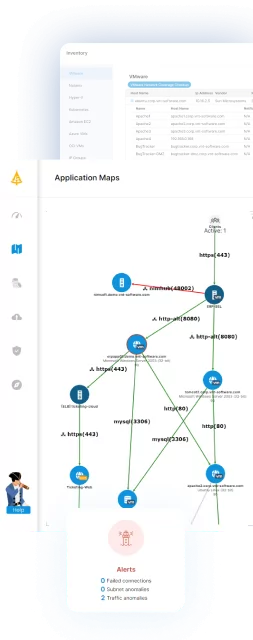What Are Application Dependency Mapping Solutions?
Application dependency mapping (ADM) solutions help organizations visualize and understand the relationships between applications, services, and infrastructure components. These solutions identify dependencies between software components, databases, APIs, and cloud resources, enabling IT teams to manage performance, troubleshoot issues, and optimize deployments.
ADM is essential for cloud migrations, incident response, and security audits, as it provides a clear view of how applications interact across environments. By using ADM, organizations can reduce downtime, improve efficiency, and ensure compliance with IT governance policies.
Table of Contents
Toggle
Types of Application Dependency Mapping Solutions
Manual Code Analysis
Manual code analysis involves a detailed review of an application’s source code, configuration files, and dependencies to identify relationships between components. This method requires developers or architects to examine function calls, module imports, API interactions, and database connections.
This approach is accurate for understanding how applications work internally, especially for legacy systems where automated tools may not provide complete insights. However, it is labor-intensive, time-consuming, and prone to human error. It is best suited for small applications or environments where security policies restrict automated scanning.
Automated Discovery Tools
Automated discovery tools scan an application environment using various techniques such as network traffic analysis, log parsing, and API queries to detect dependencies. These tools generate real-time dependency maps, helping IT teams visualize relationships between applications, databases, and infrastructure components.
Popular automated discovery tools include application performance monitoring (APM) platforms, cloud-native observability tools, and infrastructure monitoring solutions. While they significantly reduce manual effort, they may require configuration to fine-tune results and minimize false positives or missing dependencies.
Agent-Based Monitoring
Agent-based monitoring solutions deploy lightweight software agents on servers, containers, or virtual machines to collect real-time telemetry data. These agents track application processes, API calls, network requests, and system resource usage to build a detailed dependency map.
This method provides continuous monitoring, making it particularly effective for dynamic, cloud-native environments where dependencies frequently change. However, agent-based solutions can introduce overhead, requiring careful resource management. Some organizations may also have security concerns about deploying third-party agents on critical infrastructure.
Agentless Monitoring
Agentless monitoring uses external systems and protocols—such as SNMP, WMI, or API integrations—to collect data without installing software agents on target systems. This approach reduces deployment complexity and avoids introducing additional resource consumption on monitored hosts.
While some agentless solutions may offer less granular visibility compared to agent-based approaches, they are easier to maintain and pose fewer security concerns. Their effectiveness often depends on proper access permissions and integration with existing infrastructure management tools.
Top-Down Mapping
Top-down mapping starts by analyzing high-level business processes, user interactions, and application workflows before identifying underlying infrastructure dependencies. This approach often relies on service topology data, API documentation, and business logic to trace how different components interact.
It is useful for organizations that prioritize business continuity and service-level objectives, as it helps IT teams understand the impact of application dependencies on end-users. However, because it focuses on functional relationships first, it may overlook lower-level dependencies unless combined with infrastructure-level analysis.
Bottom-Up Mapping
Bottom-up mapping begins at the infrastructure level, identifying relationships between servers, databases, network components, and middleware before linking them to applications. It leverages system logs, configuration management databases (CMDBs), cloud monitoring tools, and network traffic analysis to construct dependency maps.
This method is particularly useful for IT operations teams managing hybrid or multi-cloud environments, as it provides deep visibility into infrastructure dependencies. However, bottom-up mapping can be complex, requiring additional correlation efforts to connect infrastructure data with application functionality.
10 Notable Application Dependency Mapping Solutions
1. Faddom
Faddom offers real-time application dependency mapping across hybrid environments through fully automated, agentless discovery. It passively collects traffic data to visualize application and infrastructure relationships without installing agents or requiring credentials, making it ideal for organizations with strict security and resource constraints.
Key features include:
- Agentless, passive discovery: Deploys in under an hour without impacting performance, tracking east-west and north-south traffic across on-premises and cloud infrastructure.
- Interactive visualizations: Provides real-time, continuously updated maps showing connections, ports, protocols, and traffic flows.
- Change tracking: Records infrastructure and application changes to support root cause analysis, audit readiness, and compliance management.
- Security insights: Detects shadow IT, unauthorized access, and unencrypted connections to strengthen network segmentation and reduce exposure.
- Seamless integration: Enhances ITSM and SIEM workflows through integrations with tools like ServiceNow and Splunk.
- Versatile use cases: Supports cloud migrations, security audits, impact analysis, documentation, and continuous monitoring across diverse IT environments.
2. SolarWinds Server & Application Monitor
SolarWinds Server & Application Monitor (SAM) offers monitoring for servers and applications across hybrid IT environments. It analyzes application dependencies, enabling organizations to identify issues and maintain high availability. With dependency mapping, SAM provides IT teams with a visualization of the relationships between servers and applications.
Key features include:
- Application monitoring: Provides continuous tracking of application components to detect performance issues.
- Application dependency mapping: Displays connections between applications, servers, and services to identify bottlenecks and optimize resource utilization.
- Server capacity forecasting: Helps prevent resource depletion by offering insights into server capacity and performance trends.
- Hybrid IT observability: Provides visibility across on-premises and cloud infrastructure.
Source: SolarWinds
3. BMC Helix Discovery
BMC Helix Discovery aims to provide visibility into IT assets, services, and dependencies across on-premises and cloud environments. It maps application and infrastructure relationships, assisting IT teams in optimizing operations, improving security, and reducing risk.
Key features include:
- Agentless continuous discovery: Automatically detects IT assets and their interconnections, keeping inventory data up to date.
- Blueprint-based service modeling: Uses predefined templates to visualize IT infrastructure and service dependencies.
- Service awareness: Integrates topology data with telemetry insights to uncover root causes of issues and predict potential service impacts.
- Data consolidation: Merges information from multiple sources to create a unified view of IT assets.
- Security & compliance monitoring: Detects hidden assets, tracks SSL/TLS certificates, and helps maintain compliance with regulatory standards.
Source: BMC
4. Dynatrace Topology Discovery and Application Mapping
Dynatrace provides automated insights into an organization’s technology stack. It continuously maps components, dependencies, and interactions across applications, services, processes, and infrastructure, helping teams optimize performance and diagnose issues.
Key features include:
- Automated discovery: Deploys an agent to detect IT components and dependencies.
- Smartscape visualization: Provides an interactive topology map that updates alongside the IT environment.
- AI-driven analytics: Detects anomalies, learns normal system behavior, and automates root-cause analysis for faster issue resolution.
- Technology support: Monitors AWS, Azure, Kubernetes, Docker, MySQL, .NET, Java, Linux, and Windows.
- Continuous change tracking: Automatically recognizes updates to infrastructure and application topology.
Source: Dynatrace
5. ManageEngine Applications Manager
ManageEngine Applications Manager offers application performance monitoring and dependency mapping across on-premises, cloud, and hybrid environments. It enables IT teams to track application health, pinpoint performance bottlenecks, and improve digital experiences.
Key features include:
- Automated discovery & dependency mapping: Detects applications, services, and infrastructure components, mapping dependencies.
- Multi-cloud monitoring: Supports AWS, Azure, Google Cloud, Oracle Cloud, and other platforms to provide visibility into cloud workloads.
- Application performance monitoring: Offers transaction tracing and service maps for Java, .NET, Python, PHP, and Node.js.
- Root cause analysis: Uses AI-based alerts and dynamic thresholds to identify and resolve performance issues.
- Synthetic & real user monitoring: Tracks both simulated and real user interactions to assess application performance across different locations and devices.
Source: ManageEngine
6. AWS Application Discovery Service
AWS Application Discovery Service aims to assist organizations in planning cloud migrations by collecting configuration and usage data from on-premises servers and databases. It integrates with AWS Migration Hub and AWS DMS Fleet Advisor to support migration tracking and decision-making.
Key features include:
- Agentless discovery: Uses VMware vCenter to gather system performance data without requiring agents.
- Agent-based discovery: Installs an agent to provide insights into server performance, network connections, and running processes.
- File-based import : Allows users to upload on-premises server data into AWS Migration Hub for assessment.
- Application & network dependency mapping: Identifies interdependencies between servers to ensure a seamless migration.
- Database discovery: Captures metadata and performance details from databases and analytics servers.
Source: Amazon
7. Lansweeper
Lansweeper provides automated network topology mapping, offering a view of IT asset relationships. By identifying dependencies between devices, it supports troubleshooting, configuration management, and IT documentation.
Key features include:
- Automated network mapping: Creates network topology diagrams without manual input.
- Asset relationship mapping: Groups assets based on logical connections, such as location, virtual machine status, and shared properties.
- Customizable visualizations: Supports adjustable layouts and filtering based on asset type, IP address, or operational status.
- Integrated search & filtering: Enables quick identification of devices using various search parameters.
- Misconfiguration & orphan asset detection: Highlights isolated or misconfigured assets to ensure proper network integration.
Source: Lansweeper
8. ServiceNow
ServiceNow ITOM offers a unified view of IT infrastructure across on-premises and cloud environments. It helps organizations map application dependencies, predict issues, and automate resolutions through AI-driven insights.
Key features include:
- Automated IT asset discovery: Identifies IT components and dependencies for improved visibility.
- Service mapping: Connects IT components to business services, allowing teams to assess the impact of infrastructure changes.
- AI-driven issue resolution: Uses predictive analytics and automation to resolve issues before they affect users.
- CMDB integration: Maintains an up-to-date record of IT assets and their relationships for better incident management.
- Firewall & certificate management: Helps track firewall configurations and TLS certificates to improve security compliance.
Source: ServiceNow
9. Device42
Device42 delivers visibility into application dependencies, infrastructure components, and IT assets across multi-cloud and on-premises environments. It aims to help organizations optimize IT operations and improve cost efficiency through automated discovery and visualization.
Key features include:
- Business application mapping: Shows how devices and resources interact within business applications.
- Affinity groups & filters: Organizes components based on interdependencies for more effective analysis.
- Automated impact discovery: Identifies how infrastructure changes affect business applications.
- Customizable visualizations: Supports user-defined layouts with metadata like application type, ownership, and service-level agreements.
- ITSM workflow integration: Improves IT service management by uncovering potentially complex application dependencies.
Source: Device42
10. JDisc Discovery
JDisc Discovery is a network discovery and IT documentation solution that scans IT environments without requiring proprietary agents. It provides insights into hardware, installed applications, and virtualization platforms across various operating systems.
Key features include:
- Agentless network discovery: Identifies devices across Windows, Linux, macOS, Unix, VMware, and SNMP-based environments.
- Virtualization mapping: Detects virtual machines and links them to physical hosts.
- Software discovery: Catalogs installed applications, including version details and pending patches.
- Custom reporting: Allows tailored reporting with flexible data selection.
- Custom attributes: Supports additional data fields for improved asset documentation.
Source: JDisc
Conclusion
Application dependency mapping has become essential in today’s complex IT environments. Whether you are planning a cloud migration, enhancing your security posture, or improving IT governance, the right Application Dependency Mapping (ADM) solution can significantly reduce risk and accelerate decision-making. Solutions that provide agentless, real-time visibility, passive discovery, and extensive integration support are particularly effective. They simplify deployment and maintenance while offering valuable insights into the relationships between infrastructure and applications. For organizations aiming to achieve maximum value with minimal disruption, this approach enables the agility and clarity needed by modern IT teams.






